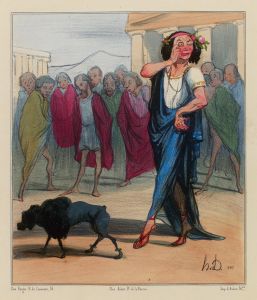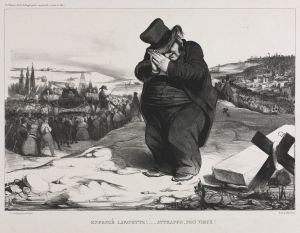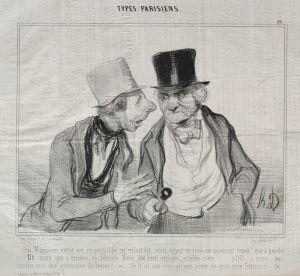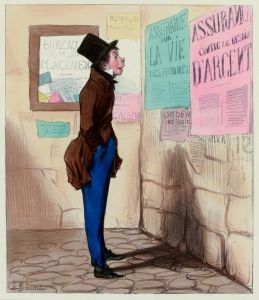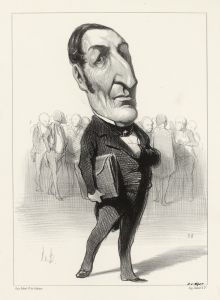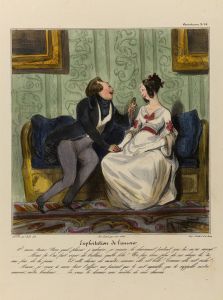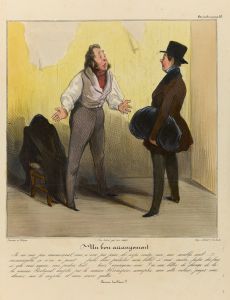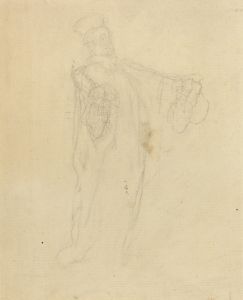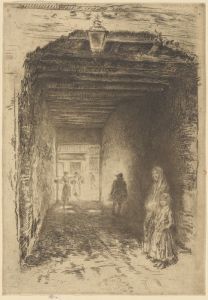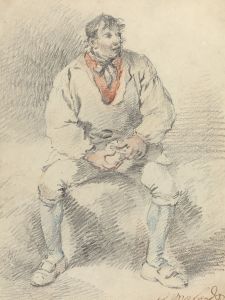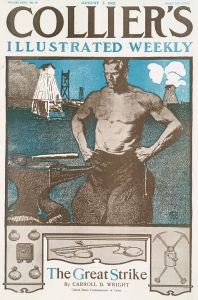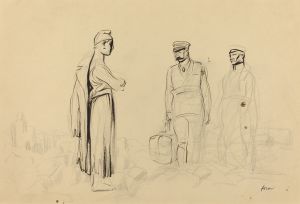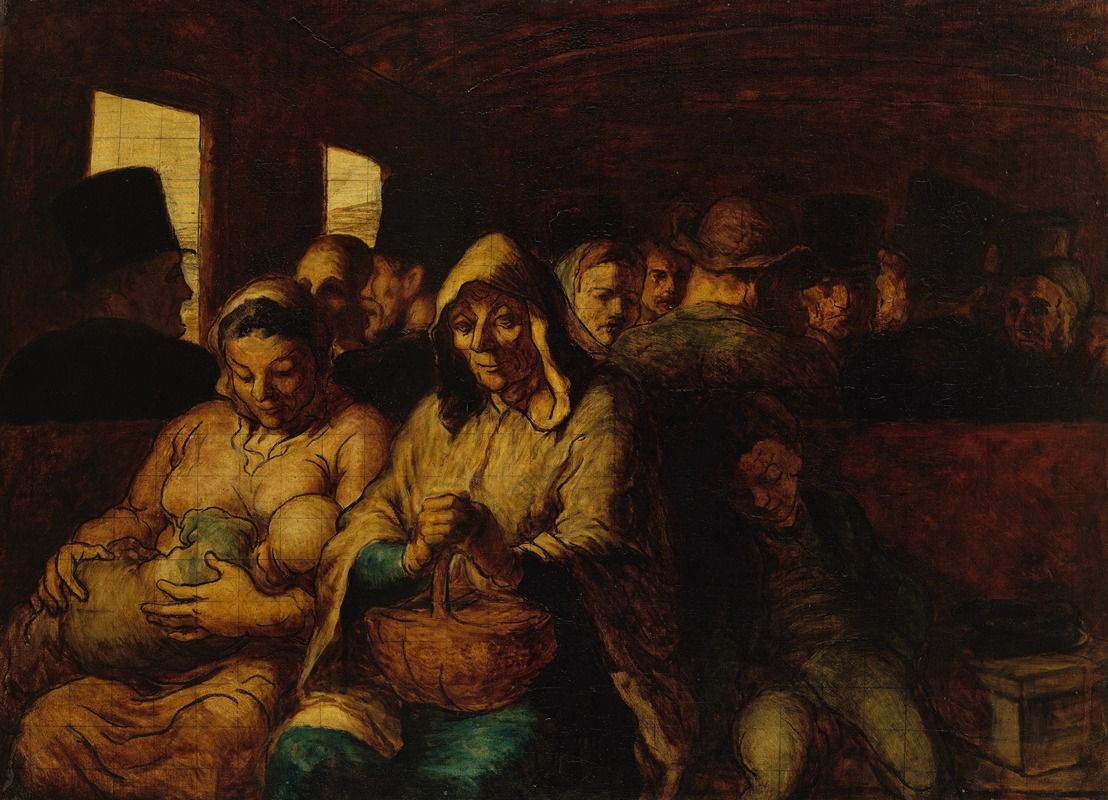
The Third-Class Carriage
A hand-painted replica of Honoré Daumier’s masterpiece The Third-Class Carriage, meticulously crafted by professional artists to capture the true essence of the original. Each piece is created with museum-quality canvas and rare mineral pigments, carefully painted by experienced artists with delicate brushstrokes and rich, layered colors to perfectly recreate the texture of the original artwork. Unlike machine-printed reproductions, this hand-painted version brings the painting to life, infused with the artist’s emotions and skill in every stroke. Whether for personal collection or home decoration, it instantly elevates the artistic atmosphere of any space.
The Third-Class Carriage is an oil painting by the French artist Honoré Daumier, created between 1862 and 1864. Daumier, known for his satirical lithographs and paintings, was a prominent figure in 19th-century French art. This particular work is one of his most celebrated paintings, often recognized for its poignant depiction of social class and human dignity.
The painting portrays a group of passengers in a third-class railway carriage, a setting that reflects the growing industrialization and urbanization of 19th-century France. The figures are seated on wooden benches, with their modest clothing and weary expressions suggesting their working-class status. The composition focuses on a central group of three individuals: an elderly woman, a young mother nursing her child, and a boy sitting beside her. Their quiet, introspective demeanor contrasts with the bustling, impersonal nature of industrial progress.
Daumier's use of muted colors and loose brushwork enhances the somber atmosphere of the scene. The dim lighting and earthy tones emphasize the hardships faced by the lower classes, while the lack of specific details in the background directs attention to the human figures. The painting is often interpreted as a compassionate and unembellished portrayal of the working poor, though Daumier himself left no written explanation of his intent.
The Third-Class Carriage is part of a series of works by Daumier that explore themes of modern life and social inequality. It is considered a significant example of Realism, an art movement that sought to depict everyday life and ordinary people with honesty and without romanticization. The painting reflects Daumier's interest in the social changes brought about by industrialization, particularly the experiences of the lower classes.
The work is housed in the Metropolitan Museum of Art in New York City, where it remains a key piece in their collection of 19th-century European paintings. It is often studied alongside Daumier's other works for its artistic and historical significance, as well as its empathetic portrayal of human resilience in the face of adversity.






